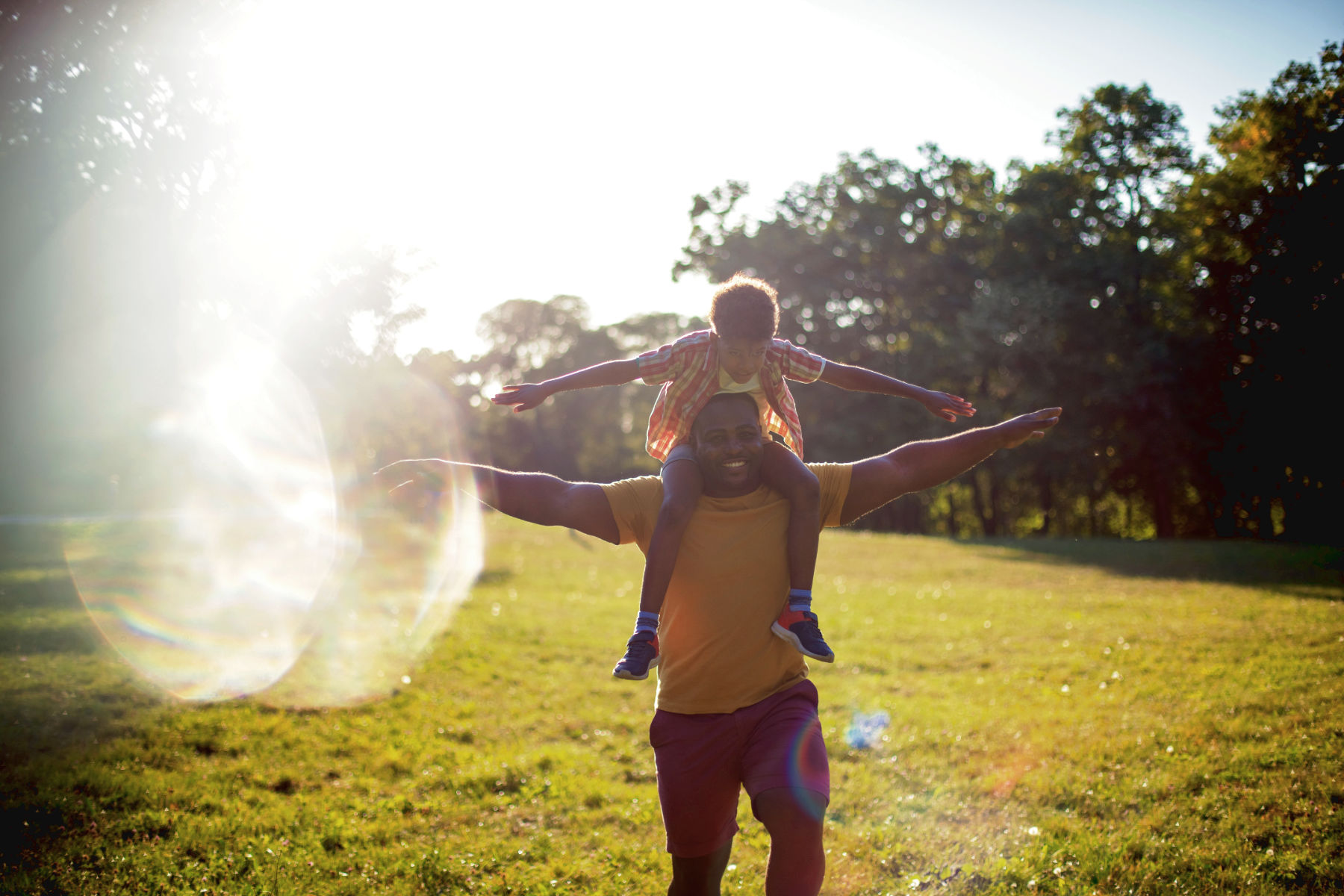What is healthy masculinity?
As with all aspects of gender, masculinity is a socially constructed series of roles, norms, expectations, and characteristics that can help shape someone’s identity. Masculinity has a context that changes across time and place; this means the ‘definition’ of masculinity isn’t static. There tend to be some consistent themes of masculinity across different communities and geographies, including being emotionally and physically strong, a provider, a protector, a fixer, and a leader. We might also see some characteristics such as being dominant, an emphasis on winning, and valuing anger and stoicism as primary emotions over vulnerability or tenderness, for example.
The challenge with these normative ideas of masculinity is not that they are all harmful or ‘toxic;’ being a leader or being a provider, for example, can be wonderfully healthy experiences. The issue with this normative frame of masculinity is, rather, that it is incomplete. It’s fragile.
What happens when someone prescribing to this frame doesn’t always win? What happens when they lose a job and can’t be a provider? What does it look like in our community when the expectation is to always take the lead and be dominant? This prescribed box of masculinity doesn’t realistically provide a strong foundation for a healthy and complex human experience. It leads many to pain and trauma.
Healthy masculinity, however, has spaciousness built into it. It includes some of these traits AND emphasizes other traits too: vulnerability, asking for help, mutuality, a wider range of emotional expression, consent, and healing. Healthy masculinity isn’t limited or one-sided. It emphasizes the ability to develop many qualities and aspects of oneself, not just normative masculine ideals.
How does healthy masculinity connect to queer identities?
Normative masculinity defaults to a ridged and narrowly bounded conceptualization of masculine behavior, experience and expression. When we embrace normative masculinity (intentionally or unintentionally), we don’t allow space for ourselves or others to move away from or beyond a cis-heteronormative frame. Queerness challenges that; it asks us to bend and reimagine our ideas of gender completely.
When I think about queering gender, I think about “AND.” We can be a leader AND be submissive. We can embody masc AND femme. We can be vulnerable AND assertive. If you are now thinking something like, ‘queerness just sounds like a healthy, balanced expression of gender,’ I’d say keep that thinking going! Healthy masculinity and queerness look alike more than they look different.
From a normative masculine perspective, queerness is a threat to established gender roles. From a healthy masculine perspective, there is spaciousness for queerness to exist — abundantly.
What are some common misconceptions about masculinity or common problems people experience with masculinity?
Normative masculinity is limiting, which means a lot of folks who subscribe to it often struggle to live vibrant, expressive lives and to build deeply connected relationships. During a training course I led many years ago with high school aged folks, I asked participants what is missing from their understanding of masculinity. Without missing a beat, a participant said, ‘happiness.’ It was a sobering moment!
When someone says, ‘man-up,” or, ‘act like a man,’ I don’t think happiness is a priority. So many men experience depression and feelings of emptiness throughout their life, and it’s not an accident. Their experiences reflect the emptiness within normative masculinity, itself.
How can men work on building healthy masculinity?
Start with consent! Healthy masculinity is grounded in mutuality with others, which is different than the narrow conceptions about winning and dominance that normative masculinity offers. Consent isn’t limited to our sexual experiences, but Al Vernacchio’s TedTalk “Sex Needs A New Metaphor. Here’s One,” is a great place to get started learning about how consent can impact our relationship to ourselves and others.
I also encourage folks to explore ideas of tenderness and sweetness for themselves! From childhood onward, so many men have consciously and unconsciously divorced themselves from the parts of themselves that masculinity told them were not in the ‘man box’ or safe for them to be. Gently start exploring what sweetness was left behind throughout your life.
And, of course, I also encourage men to be in therapy. Embodying healthy masculinity after years of embodying something else is a practice – having a guide and dedicated space to support you toward that growth is important.
Thinking about Psychotherapy?
If you are considering psychotherapy as a resource to your life, an LGBTQIA+ affirming and knowledgeable therapist can support you on your unique path of self-discovery, healing, and personal development. LifeWorks Psychotherapy Center has immediate openings for new clients.
Contact angel@lifeworkspsychotherapy.com to set up a brief call to get you started with a therapist who can support you or visit Getting Started or use our contact form below:

Excellent perspective on “manly” versus human responses/behaviors; somewhat tragic @ times. Thank you!